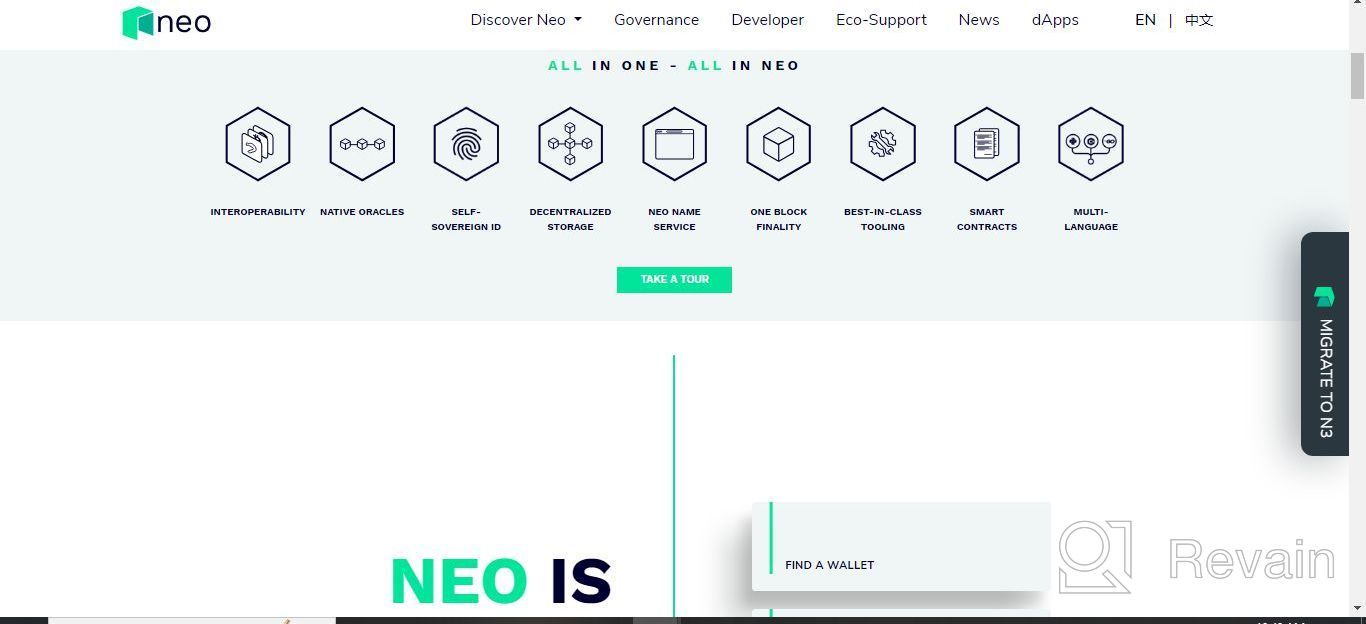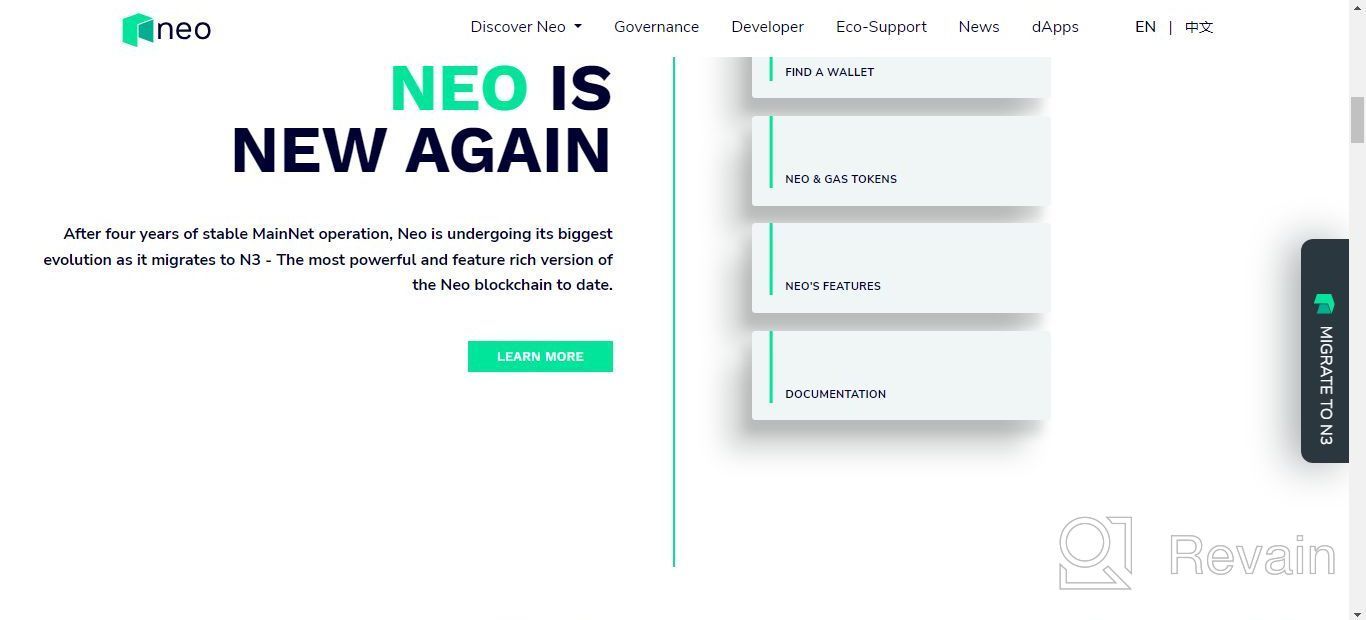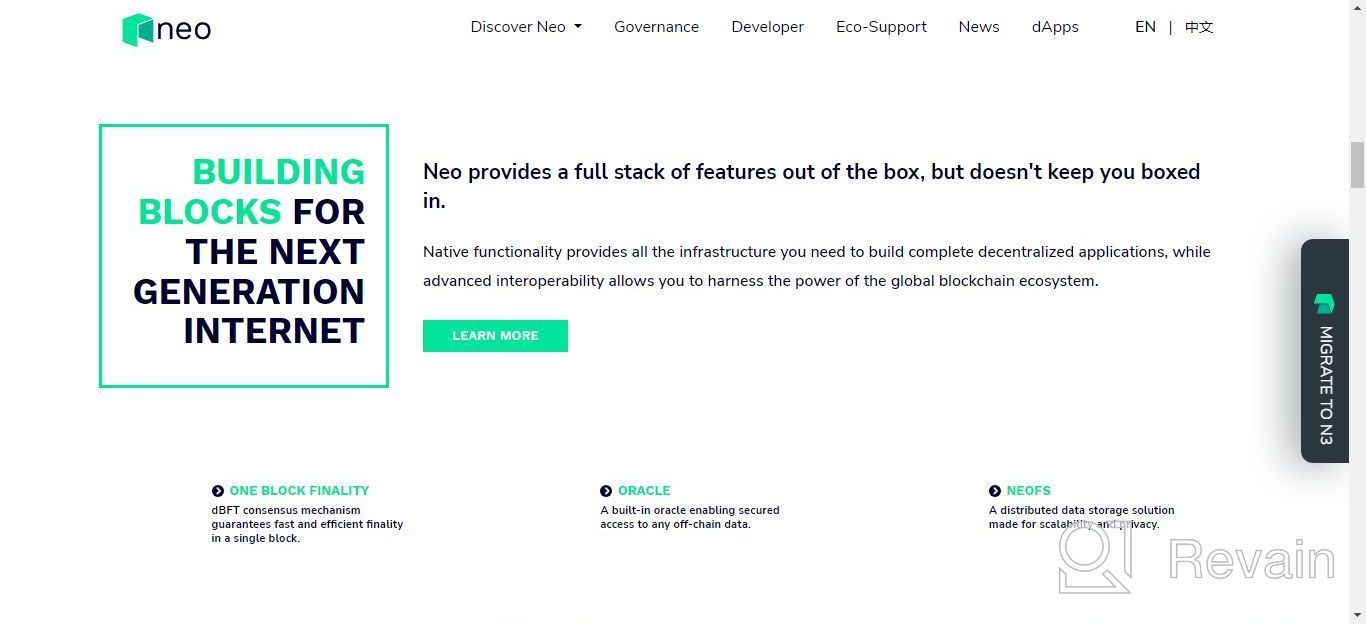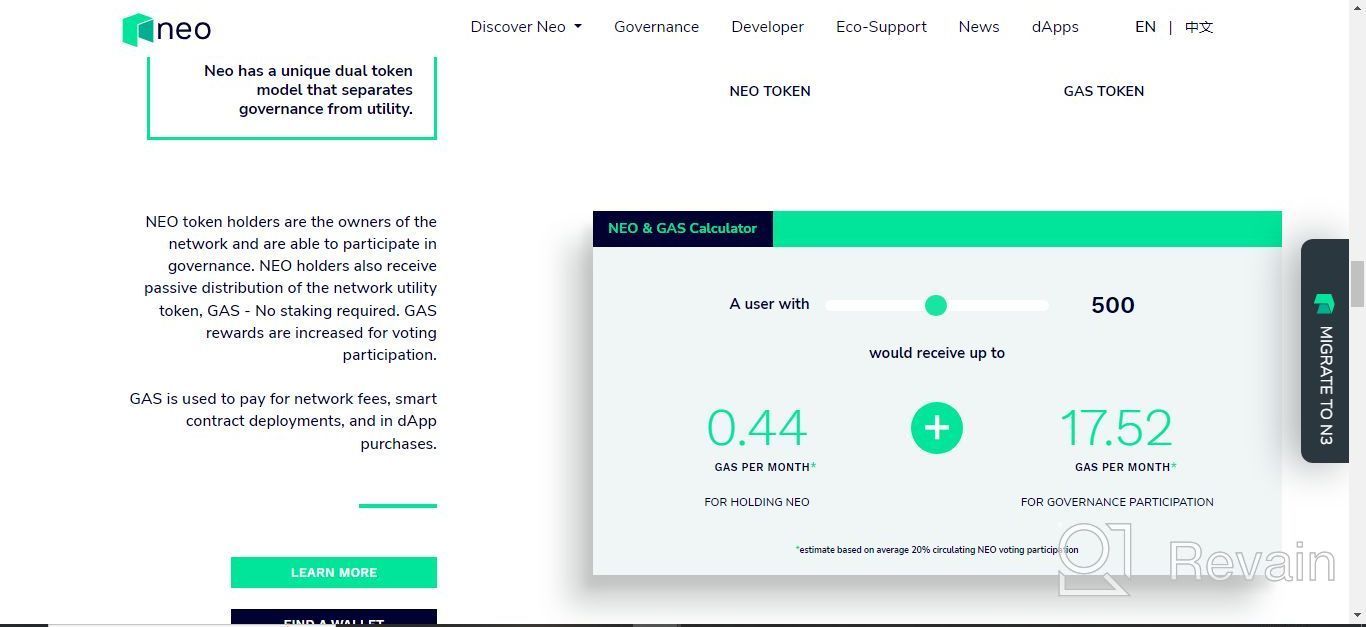
Review on Neo by Zangi Kazhila

"NEO: The Chosen One - A Journey into the Digital Matrix!"
NEO, often dubbed as "Ethereum of China," emerged as a promising blockchain platform with the potential to revolutionize smart contracts and decentralized applications. In this personal review, I'll provide a pessimistic perspective on NEO, focusing on its speed and the uncertainties surrounding its future potential.
The Promise of Speed:
Fast Transactions: NEO marketed itself as a blockchain that could handle thousands of transactions per second, much faster than Ethereum. It's like offering a superhighway for data traffic. However, the reality hasn't consistently matched this promise, as the network has faced congestion issues, particularly during high-demand periods.
Delegated Byzantine Fault Tolerance (dBFT): NEO's consensus mechanism, dBFT, was designed for speedy block confirmations. It's like having a well-oiled machine that rarely breaks down. But while dBFT can be efficient, it has faced scrutiny for its centralization tendencies, potentially undermining the platform's decentralization aspirations.
Smart Contracts and Potential:
Smart Contracts: NEO aimed to provide a robust platform for smart contracts, allowing developers to create decentralized applications (DApps). It's like building a futuristic city, ready for business. However, despite the robust architecture, the adoption of NEO for DApps has been slower than anticipated.
Ecosystem Growth: NEO envisioned a vibrant ecosystem with various DApps, ICOs, and assets. It's like planning to host a bustling marketplace. While the ecosystem has grown, it still lags behind Ethereum in terms of the number and diversity of projects, limiting NEO's overall potential.
Competition: NEO faced stiff competition from Ethereum, which had already established itself as the go-to platform for decentralized applications. It's like entering a crowded marketplace where a well-known brand dominates the market. Overcoming this competition has proven to be a significant challenge.
Regulatory Challenges:
Regulatory Uncertainties: Like many cryptocurrencies, NEO grappled with evolving regulatory landscapes. It's like trying to operate a business in a constantly changing legal environment. These uncertainties created doubts about NEO's compliance and adaptability.
Market Volatility:
Price Fluctuations: NEO, like other cryptocurrencies, experienced significant price volatility. It's like riding a roller coaster where thrilling highs can be followed by disheartening lows. Such price fluctuations can impact NEO's utility as a means of exchange and store of value.
Limited Adoption and Partnerships:
Limited Adoption: Despite its technological prowess, NEO struggled to gain widespread adoption, both in terms of DApps and enterprise use cases. It's like owning an advanced tool but not finding the right projects for it. The limited adoption hampered NEO's potential for growth and relevance.
Partnership Challenges: NEO encountered challenges in forming strategic partnerships that could bolster its ecosystem. It's like trying to form alliances in a competitive market. The lack of high-profile collaborations limited NEO's ability to expand its reach and influence.
In conclusion, NEO's journey, while marked by ambitious promises, has faced challenges and hurdles that have hindered its potential. The initial focus on speed and smart contracts garnered attention, but practical limitations and competition have complicated its journey. Centralization concerns, adoption hurdles, and regulatory uncertainties have cast a shadow on NEO's aspirations.
While NEO continues to evolve and adapt, its path in the cryptocurrency space has been fraught with difficulties. Navigating these challenges and regaining trust and relevance in the ever-evolving blockchain landscape will be an uphill battle. NEO's future remains uncertain, serving as a reminder that delivering on promises and overcoming obstacles are essential for establishing a lasting presence and realizing the potential of blockchain technology.




- Ethereum of China: NEO is often referred to as the "Ethereum of China" and is considered a prominent player in the world of blockchain, particularly in the Chinese market. .
- Competition: NEO faces competition from other smart contract platforms, including Ethereum, Binance Smart Chain, and others, which can impact its market positioning and adoption.












